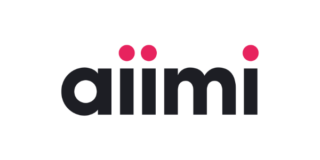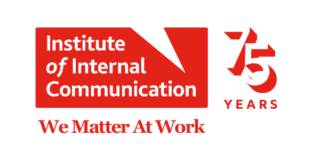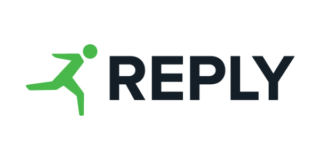
The High Stakes of AI Watermarking: Balancing Integrity and Commercial Survival

The debate surrounding OpenAI’s potential implementation of watermarking technology for AI-generated content has significant implications, particularly for the higher education (HE) sector, which is already grappling with challenges posed by generative AI tools like ChatGPT.
The Higher Education Sector’s Desperate Need for Watermarking
The rise of generative AI has sparked widespread concern within the education sector, where the ability to produce essays and assignments via AI poses a direct threat to academic integrity. Many educators fear that without a reliable way to detect AI-generated content, the very foundations of education could be undermined. According to recent studies, a substantial number of students are already using AI tools to draft their assignments, with a significant portion admitting they rely on AI for regular academic tasks (Open Access Government) (Inside Higher Ed). This trend is exacerbating existing issues within the HE sector, which is struggling to maintain relevance in an era where the traditional value of a degree is increasingly questioned (Open Access Government).
Universities and colleges, particularly those already facing declining enrollments and financial challenges, are desperate for tools that can help them maintain academic standards. A watermarking tool that can accurately identify AI-generated text would be invaluable, offering educators a way to detect and address the potential misuse of AI in academic work. Without such tools, the risk is that educational qualifications will become devalued, as the distinction between student-generated and AI-generated work blurs (Inside Higher Ed). The urgency for a solution is clear: without effective safeguards, the legitimacy of the HE sector itself could be at stake.
The Business Case for AI: Passing Off AI Work as Original
On the other side of the debate lies the business imperative that drives the use of generative AI. For many companies, the appeal of AI tools like ChatGPT lies in their ability to quickly generate content that can be presented as original work, whether it’s marketing copy, customer service responses, or internal documents. The commercial value of AI-generated content is significant, as it allows businesses to streamline operations, reduce costs, and increase output without the need for additional human labour (CDOTrends).
However, this very capability is what makes watermarking such a contentious issue for OpenAI. If users know that their AI-generated content can be easily identified, the perceived value of using these tools may diminish. Businesses might fear that clients, customers, or even regulators could view AI-generated content as less authentic or credible, leading them to seek out alternative AI solutions that do not implement such detection features. This could have a direct impact on OpenAI’s market share, especially as competition in the AI space intensifies (Tom’s Hardware).
Moreover, the ability to pass off AI-generated content as human-created has broader implications for industries reliant on intellectual property, creative work, and even journalism. The concern is that if watermarking becomes widespread, it could disrupt existing business models that depend on the seamless integration of AI into content creation processes without the need for disclosure (CDOTrends).
The Ethical Dilemma: Balancing Responsibility and Commercial Viability
OpenAI’s internal struggle reflects a broader ethical dilemma that is increasingly common in the tech industry: how to balance the responsible use of technology with the commercial realities of operating in a competitive market. While there is a clear ethical case for watermarking—particularly in combating misinformation and protecting the integrity of education and intellectual property—the potential backlash from users presents a significant challenge (Asia IP).
The decision to implement watermarking would likely lead to a reduction in the use of OpenAI’s tools for tasks where originality is paramount, such as academic writing and content creation. This could push users towards other platforms that do not impose such restrictions, undermining OpenAI’s competitive position. Yet, without such measures, the risks of AI misuse—whether in spreading misinformation or compromising the quality of education—remain high (Tom’s Hardware).
The Broader Implications
The debate over watermarking is emblematic of the broader challenges facing the AI industry as it matures. As AI becomes more integrated into various sectors, the need for transparency and accountability will only grow. Governments may eventually step in with regulations that mandate watermarking or similar technologies, particularly in sensitive areas like education and media. This could set a precedent for how AI tools are developed and deployed globally, influencing everything from digital content creation to intellectual property law.
Key Questions:
- How can governments ensure that AI tools like ChatGPT are used responsibly in education and other critical sectors without stifling innovation?
- What role should regulations play in mandating transparency measures such as watermarking, and how can they be enforced effectively across different industries?
- How should businesses that rely on AI-generated content adapt their strategies if watermarking becomes a standard practice, and what impact could this have on their competitiveness?
These questions highlight the complex interplay between ethical considerations, regulatory oversight, and commercial interests as AI continues to reshape global industries. The decisions made in the coming years will have far-reaching implications for education, commerce, and the very nature of content creation in the digital age.
















